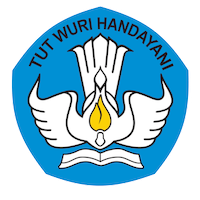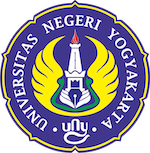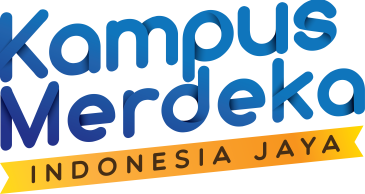For people with visual and hearing impairments, the variety of learning and media used differs from ordinary people. The paradigm can be student-centered or with cognitive, affective, psychomotor, visual, auditory, or kinesthetic learning styles. Lecturers and students are the leading presenters in physical and virtual synchronous learning. In contrast, in asynchronous learning, the computer is the main conveyer where class management uses the Learning Management System (LMS) software. This notion was conveyed by a lecturer at the Faculty of Engineering, Dr. Priyanto, at a disabled student-friendly lecture workshop. In his paper entitled 'Accessible Online Teaching,' Priyanto describes the components of asynchronous learning: learning content that meets SCORM (Shareable Content Object Reference Model) standards with the LMS platform and CMS (Content Management System) tools. "For people with visual and hearing impairments, there are differences in the use of multimedia," said Priyanto. For students with visual impairments, the material is conveyed verbally, captured by the ear, and then processed into knowledge with the help of previous knowledge. Whereas for deaf students, the material is obtained through images captured by the eye and then processed into knowledge with the help of prior knowledge. Software is developed and used by humans and supports human-to-human interaction. Thus, human characteristics, behavior, and cooperation are central to practical software development. So that people with disabilities can feel the ease of using the software in receiving learning.
"This program is intended to accelerate efforts to improve the quality of education services for students with special needs/disabilities in tertiary institutions as well as explore lecturers' innovations in implementing inclusive tertiary education," Pujaningsih, Ed.D said.
Pujaningsih herself noted that in teaching material to students with special needs, lecturers could use UDL (Universal Design for Learning), which is a framework for improving and optimizing teaching and learning for everyone based on scientific insights about how humans learn. Furthermore, flexible lectures are primarily a change in mindset from a 'disabled student' to a 'disabled curriculum,' representing various information and participation by providing individual choices (relevant, meaningful, autonomous). UDL can increase the involvement and abilities of students with special needs. For example, for students with physical disabilities, some lecturers quickly respond when online tutoring is accessible to make it easier for students with wheelchairs without having to meet in person, or the lecturer takes the initiative to be held on the 1st floor. When deaf students give assignments, some lecturers provide additional time for students with special needs, and some lecturers provide additional time to discuss material so that students understand better. Two to three female lecturers ensure understanding of lecture material for students with disabilities by asking questions. For blind students, during study contracts, most lecturers ask what can be assisted for students with visual disabilities. Lecturers provide material via WhatsApp or email, and most lecturers, for film summary assignments, are modified into audio novel summaries. Assignment submissions do not have to be handwritten, or they can be via email or WhatsApp.
The vice deans attended the activity for academic and cooperation fields, and more than 30 lecturers from various faculties. Another speaker at this activity was Ariyawan Agung Nugroho, ST., M.Pd., who presented about the UCAN (Universal Scanner Accessibility Inspection) software, and Dr. Deni Hardianto, who delivered material on how to use the Accessibility Checker in Microsoft Office, especially in Microsoft Word & PowerPoint. This activity referred to Permenristekdikti Number 46 of 2017 concerning Special Education and Special Services in Higher Education, where the implementation of special education in tertiary institutions aims to improve the quality of educational services for students with special needs. Students with special needs or people with special needs experience disturbances/obstacles in carrying out certain activities. They need special tools, environmental modifications, or appropriate alternative techniques to learn optimally and participate fully and productively in social life. Many people with special needs have academic potential and high motivation to continue their education up to a higher level. Many succeeded even though they had to undergo a cumbersome adjustment process. Some of them can even complete educational programs up to the doctoral level.





